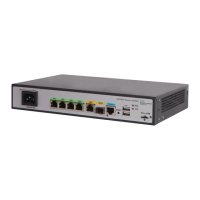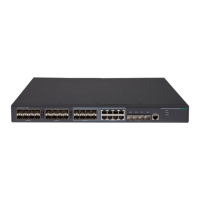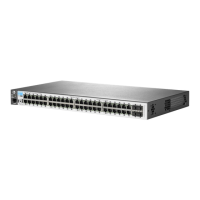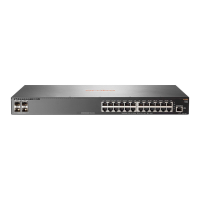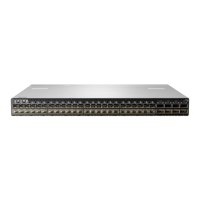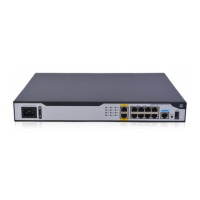202
Two records were created when event 99 was triggered by private alarm entry 777.
Table 46 Command output
EventEntry
entry-number
owned by owner
is status.
Event log entry owner and status:
• entry-number—Event log entry index, which is the same as the event entry index
for which this log entry is generated.
• owner—Entry owner.
• status—Entry status:
VALID—The entry is valid (default value).
UNDERCREATION—The entry is invalid.
The status field is not configurable at the CLI. All event log entries are valid by default.
The
display rmon eventlog
command can display invalid entries, but the
display
current-configuration
and
display this
commands do not display their settings.
LogEntry
entry-number
created-time
uptime.
Time when an event record was created:
• entry-number—Event record index (represented as logEventIndex.logIndex),
which uniquely identifies the record among all records for the event.
• created-time—Time when the event entry was created.
Description Record description.
Related commands
rmon event
display rmon history
Use display rmon history to display RMON history control entries and history samples of Ethernet
statistics for Ethernet interfaces.
Syntax
display rmon history [ interface-type interface-number ]
Views
Any view
Predefined user roles
network-admin
network-operator
Parameters
interface-type interface-number: Specifies an interface by its type and number. If you do not specify
an interface, the command displays history samples for all interfaces that have an RMON history
control entry.
Usage guidelines
RMON uses the etherHistoryTable object to store the history samples of Ethernet statistics for
Ethernet interfaces.
To collect history samples for an Ethernet interface, you must first create a history control entry on
the interface.
To configure the number of history samples that can be displayed and the history sampling interval,
use the rmon history command.
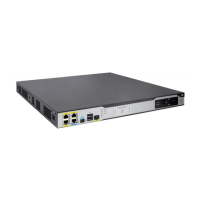
